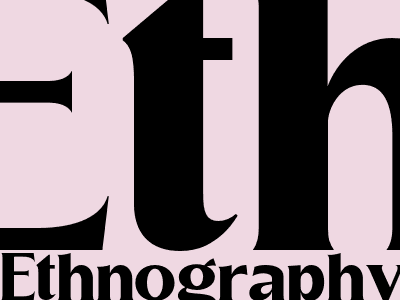
Understanding Ethnography and Dictation
Ethnography
Ethnography is a qualitative research method that involves the systematic study of people and cultures. It is based on the idea that culture is not something that can be observed from a distance, but rather something that must be experienced from the inside.
Ethnographers typically spend extended periods of time living with and observing the people they are studying. They participate in the community's activities, learn the local language, and develop relationships with the people they meet.
The data collected through ethnography can be used to gain a deep understanding of a culture's values, beliefs, and practices. Ethnography can also be used to identify and address social problems, such as poverty, inequality, and discrimination.
Dictation
Dictation is the process of recording someone's speech. It can be used for a variety of purposes, such as taking notes, creating transcripts, and writing speeches.
Dictation can be done using a variety of methods, including:
- Using a digital recorder
- Using a computer software program
- Using a human transcriptionist
Dictation can be a valuable tool for researchers, journalists, and other professionals who need to capture and record information quickly and accurately.
Relationship between Ethnography and Dictation
Ethnography and dictation are two research methods that can be used to gather data about people and cultures. Ethnography involves observing people in their natural settings, while dictation involves recording someone's speech. Both methods can be used to gain valuable insights into a culture's values, beliefs, and practices.
In some cases, ethnographers may use dictation to record the interviews they conduct with research participants. This can help to ensure that the data is accurate and verbatim.
Dictation can also be used to transcribe field notes or other observational data. This can help to make the data more accessible and easier to analyze.